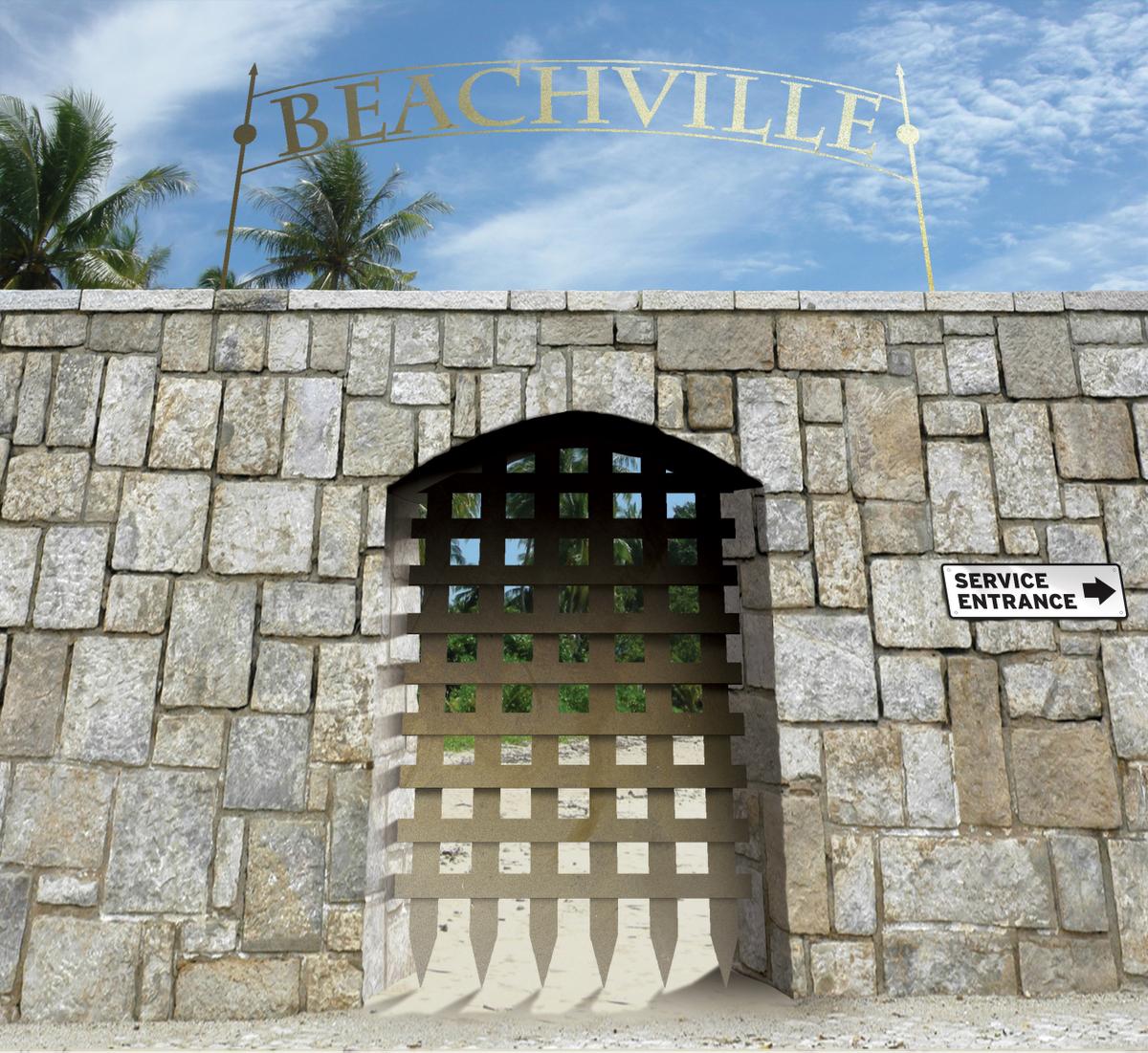Does Fast-Growing Houston Need A Master Plan?
By Scott Beyer
Contributor

Scott Beyer
It was only a matter of time. For decades, Houston, TX, avoided government centralization even amid rapid growth, functioning without zoning, a master plan, or even a broad vision for how it was supposed to look. But as the centralized model has become popular elsewhere, local officials felt that they were falling behind, and have launched the city’s first General Plan.
The plan was announced last year by Mayor Annise Parker, and recently the Planning and Development Department held its kick-off reception. A lecture was given about the plan’s features, which include a list of shared goals, and an outline—to be later clarified—for accomplishing them. The plan, said Mayor Parker, will “allow us to better coordinate our resources, create opportunities for innovative partnerships and provide a path to achieving our goals.”
Does Houston need this? For those who dislike messing with success, the answer should be no.
As geographer Joel Kotkin has repeatedly noted here and in other publications, Houston’s pro-growth mentality—which is distinct from the “Smart Growth” ethos of government planners—is central to its success. While many highly-regulated cities have declined, Houston has in the last two decades fostered booming oil, health, housing and manufacturing sectors. Since 1990, its population has grown by 29%, five percentage points above the national average, and it has become the de facto Gulf Coast capital.
Along with this growth has come increased quality of life. According to data from Praxis Strategy Group, a consultancy affiliated with Kotkin, Houston residents have the nation’s highest standard of living when combining average salary with cost of living, something attributed to its unregulated—and thus cheap—housing market. From 2007-2014, it had the fastest growth rate among major metros of six-figure-salary jobs, and its overall job growth well exceeds that of dense coastal cities. Its unemployment rate, now at 4.5%, consistently sits below the national average. And this strong economy has made the city an immigrant hub; according to a 2012 Rice University study, Houston is the nation’s most ethnically-diverse metro area. As resentment brews in America’s other major cities about high living costs—and the resulting displacement and homelessness—Houston’s picture is rosier: a local survey found that 85% of residents believe “if you work hard in this city, you will eventually succeed.”
Whether or not the General Plan helps or hinders these trends depends on how it is used. And this is hard to tell upfront, since it features the same vague wording that has come to define other master plans. Its Draft Goals read like a list of platitudes from a campaign speech, with bromides about Houston becoming a “safe, secure community” and a “thriving, resilient, and diverse economy.”
If the plan’s point is really just to pursue these goals through more data and coordination, so that officials know, for example, where to build parks and fill potholes, then it should prove benign. But that is rarely the way master plans are interpreted. Instead, their lofty goals are used by officials to justify expanded government. What results is the generic list of Smart Growth measures that planners use to try converting automobile-oriented cities into dense, “sustainable,” European-style ones.
City officials have countered that this will be a “Houston-style” plan with minimal land use controls. But past measures hint towards other ways that the plan can micromanage growth. The city already uses tax increment financing to build strategically-placed infill, and like other TIF policies, this has stripped money from vital services to subsidize development in wealthy areas. The plan may also encourage expansion of the light rail system, which Tory Gattis, Kotkin’s colleague, believes is inadequate for the spread-out city, especially compared to the growing taxi and ride-sharing industries. If the plan adds an ambitious open-space preservation program, then Houston can kiss goodbye its pro-development climate. All these policies have been used in heavily-planned cities like San Francisco and Portland, contributing to their high taxes and lack of affordability.
The ironic thing is that Houston’s outward growth and congestion has already created demand for development inside the I-610 loop, which encompasses downtown and surrounding neighborhoods. Given this organic urbanization, master plans may be unnecessary, or even counterproductive. The city’s lack of zoning, after all, has made it inviting for such infill projects. But if the plan creates a litany of new regulations, they could be used by neighborhood activists to discourage development, as happens in planning-oriented cities. If city officials are really interested in greater density—along with other urbanist goals like increasing wealth, job creation, and diversity—perhaps they should scrap the plan and keep Houston like it is.
Scott Beyer is traveling the U.S. to write a book about reviving U.S. cities through Market Urbanism. His work is found at BigCitySparkplug.com.








